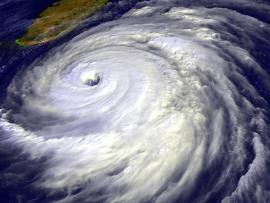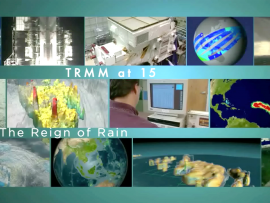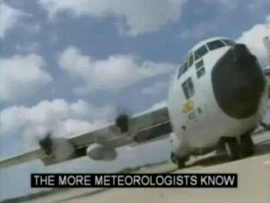Browse Tropical Cyclones Resources
Browse Tropical Cyclones Resources
Primary Topic:
Subtopics:
Type:
Keywords:
Summary:
GPM Master Teachers and Pilot Teachers showed their students the data animation depicting six months of global precipitation, and asked their students to share their questions for NASA scientists about this new global portrait of rain and snow.
Primary Topic:
Subtopics:
Type:
Keywords:
Summary:
NASA and JAXA released the first images captured by their newest Earth-observing satellite, the Global Precipitation Measurement (GPM) Core Observatory, which launched into space Feb. 27, 2014.
Primary Topic:
Subtopics:
Type:
Standards:
Keywords:
Summary:
In this engineering design challenge, students build a tower to resist a simulated hurricane.
Primary Topic:
Subtopics:
Type:
Keywords:
Summary:
Students will think about their experiences with hurricanes and severe storms, then learn the basics of what causes hurricanes to form. Students will learn how hurricane prediction has progressed, and how satellites can help us understand storms.
Primary Topic:
Subtopics:
Type:
Standards:
Keywords:
Summary:
In this lesson, students will learn about hurricanes as a natural hazard. They will learn about technologies that have been developed to mitigate their devastating effects.
Primary Topic:
Subtopics:
Type:
Keywords:
Summary:
This video celebrates the 15th anniversary of the Tropical Rainfall Measuring Mission (TRMM). Project Scientist Scott Braun looks back at TRMM's legacy and a few of the major scientific milestones the satellite has helped achieved.
Primary Topic:
Subtopics:
Type:
Standards:
Keywords:
Summary:
'Towers in the Tempest' is a 4.5 minute narrated animation that explains recent scientific insights into how hurricanes intensify. This intensification can be caused by a phenomenon called a 'hot tower'.
Primary Topic:
Subtopics:
Type:
Keywords:
Summary:
This NASA video segment focuses on how scientists use satellites to collect data. These sets of data are then analyzed and used to predict storms.
Primary Topic:
Subtopics:
Type:
Keywords:
Summary:
How do hurricanes get their energy? NASA hurricane scientist Dr. Jeff Halverson explains how hurricanes draw energy from the ocean surface.
Primary Topic:
Subtopics:
Type:
Keywords:
Summary:
Hurricane Irene's impact in New England shows that tropical cyclones can greatly affect regions outside the view of TRMM. The GPM mission will build upon TRMM's legacy by examining a larger swath of Earth with more sensitive instruments.











